View From The Side: What is truly underground?
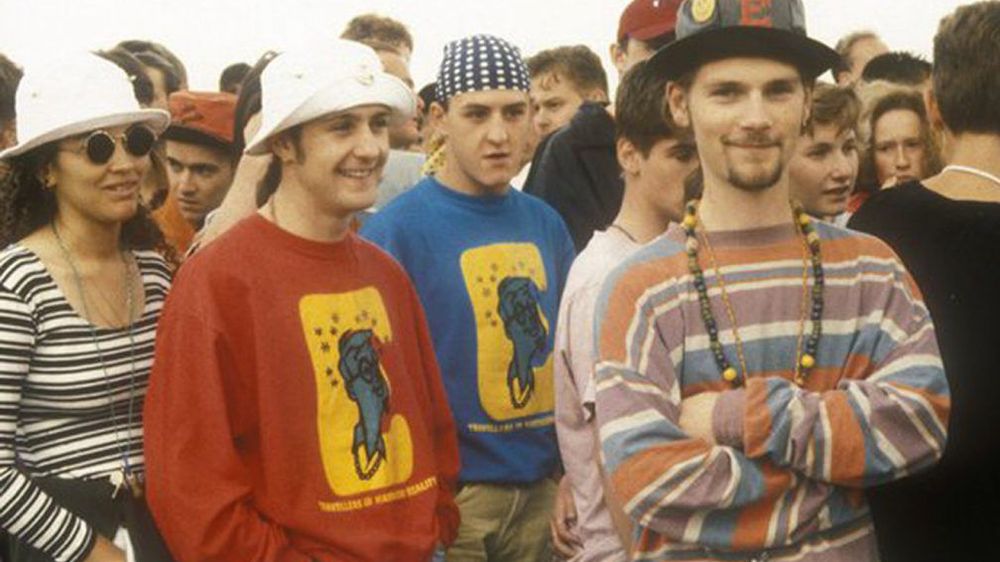
One of the truly wonderful characteristics of music is its subjectivity.
From a purely aesthetic point of view, no single taste or opinion governs the definition of quality.
The broad spectrum of frequencies that touch our ears evoke personal responses and emotions in line with our own taste.
A piece of music’s worth cannot be compartmentalised, as value is determined with unique feeling; no one view is superior.
Whilst appreciation cannot be defined by prescribed overruling judgements, aesthetic itself can be categorized. Gentrefication of music is still open to interpretation, but its stylistic qualities will fall into accepted categories based off of generic blueprints. For example, the four-four kick of a techno track isn’t the be-all and end-all of the genre’s disposition, but as a regular production technique employed by artists on a global-scale, the repetitive drum can be viewed as an emblem of the genre.
Beyond more technical objectivization, other areas of music can be defined according to preconditions and contexts. Only once specific criteria are met can an artist, an event, a song earn a title. Describing music can thus be problematic. This may sound pretentious, but the power of language can never be underestimated.
Recent areas of debate within the electronic music community have surrounded the impact of large-scale events on promoters, the politics, social-impact and conflict of free parties, and more generally, the commercialisation of dance music. Amongst these discussions, an apparent link can be uncovered: the concept of the underground. With dance music’s shifting complexion, the term has been appropriated, misused and, in some instances, eroded.
The point of this article is not to call out individuals or groups of people – such attempts at correction would likely fall on deaf ears. Instead, I aim to highlight how the term has been commodified and exploited. By no means am I attempting to provide a universal definition of what it means to be underground. Instead, this article will challenge contemporary uses of the term and highlight key aspects of the essence of underground.
In music i feel like dere is no undergound or overground anymore iss jus ground.
Liked and unliked.
— Scratchclart (@ScratchaDVA) April 20, 2022
At the crux of the term’s general misuse are the disparities between industry and musical definitions of underground. Despite the industry relying on music for its own being, they fail to share a common perception. To understand these differences, let’s consider the intentions and motives behind the people of the industry and the artists making the music.
From a superficial point of view, music business relies on the commodification of music to generate commerce. Regardless of the scale or ethos of those within the industry, this is fact: music is the cultural currency from which economic currency, amongst other things, is gained. Now this statement is hardly revolutionary, but is essential to understanding the industry’s use of the term, especially in the context of description.
It’s worth clarifying what I mean by ‘the industry’ in this particular context. This title refers to the commercial end of the spectrum: those concerned with selling, not producing, records. Building fan bases and not communities. Appealing to the general masses instead of the genuinely interested. Peddling tickets instead of a vibe, units instead of unity. Overlooking local talent in favour of international stars. Though there is nothing wrong with this approach, I prefer to romanticise about the value of music.
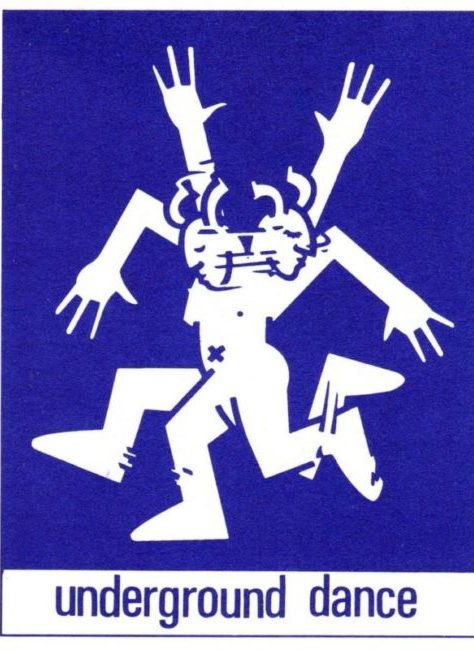
The musical definition of underground focuses on a couple of major characteristics. Straying from the trodden path, artists who abandon orthodox production techniques will often go on to create unique and individual music. Whether that means sampling the rotating whirls of your washing machine or recording a band through your laptop’s microphone (can you tell I don’t produce?), such creative freedom is one of the first steps towards defining underground music. Process is crucial.
The point I am trying to make here is that flipping the script is key, however that may sound.
Intention, too, is a key difference between industry and musical translations. Call me naïve, but music should be a means of self-expression. It should be reactive, spontaneous, personal, emotive – the list is endless. Vocal messages are an obvious portal into the artist’s psychological realm, relaying messages for all to hear. Even amongst the lyric-less sonics of contemporary dance music, the intention remains sincere: to provide a soundtrack for the club, a space of escapism and hedonistic potential.
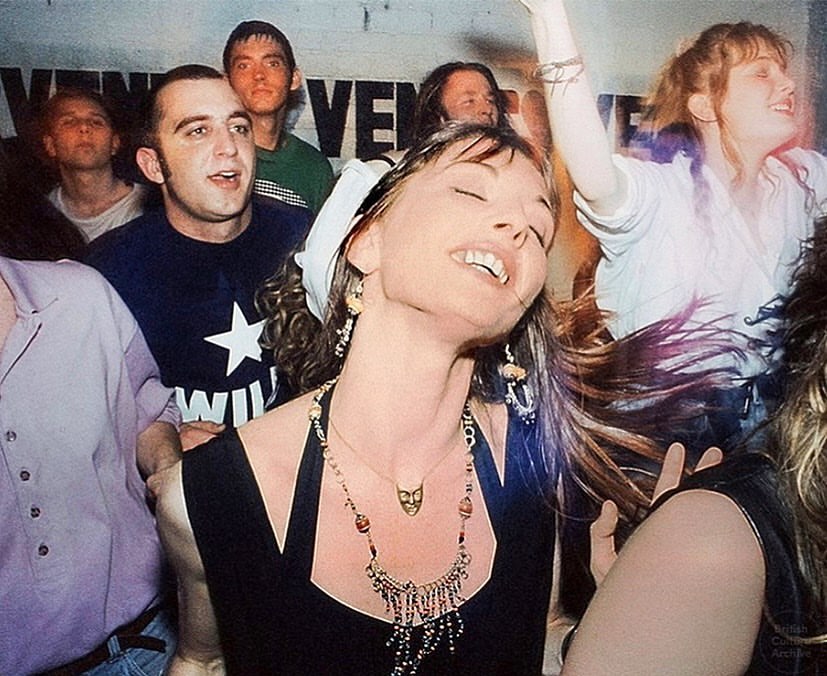
Let’s ground both of these ‘criteria’ in a historical example. 1950s Detroit: a bustling metropolis home to America’s automobile industry and a booming economy in the post-war period. Fast-forward to the late 70s, and racial segregation, crime and financial deterioration had transformed the cityscape dramatically. Whilst the economic capital of the 313 had dwindled, the cultural capital remained as relevant as ever.
Music provided the escape High School kids were craving. Inspired by Düsseldorf’s Kraftwerk, the Belleville Three pioneered techno, the genre now synonymous with the city. Their basement jams providing a rebellious soundtrack for dancefloors full of adolescents. As a response to this negative situation, the likes of Underground Resistance, Jeff Mills, Carl Craig and the aforementioned trio shared a vision realised in musical activism.
Techno had such significance in Detroit because it was the soundtrack of escapism, not just another trend that lost traction once it hit the mainstream. According to Dan Sicko in his book Techno Rebels, “in a larger metropolis, the danger of a fickle populace latching onto another trend the following week, or of it being burned under critics’ magnifying lenses, would have kept techno from becoming the global phenomenon it is today.”
To think Jeremy had the cheek to call himself underground. Stick to your saunas, mate.
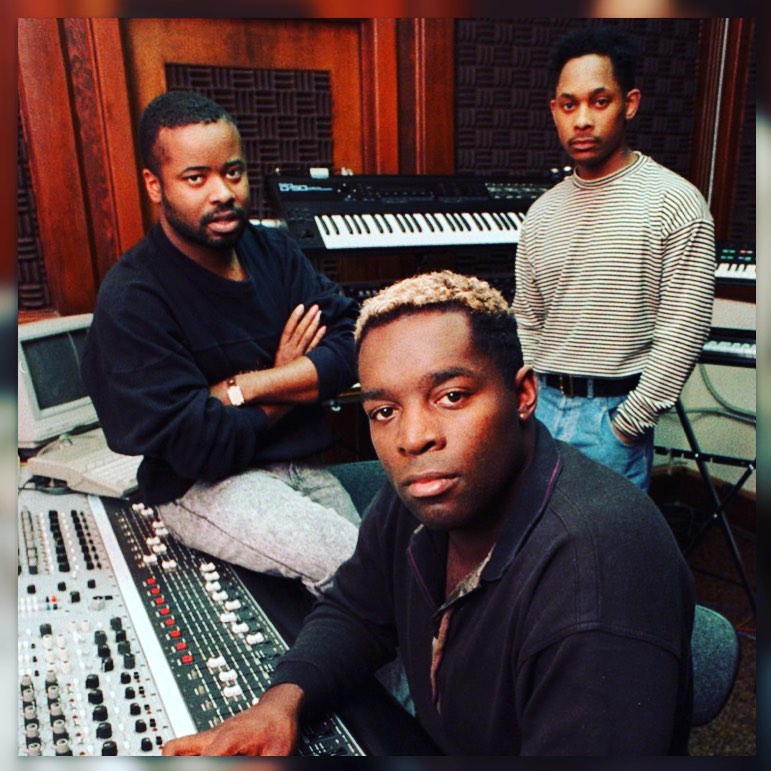
So then, where are the differences?
Whilst the musical underground ethos revolves around originality, reaction and honest motives, industry interpretations are far more superficial. Instead of acting as a ‘lifestyle’, the term underground represents an aesthetic, a perception of what’s in fashion. Artist image, marketing potential and performativity are used as tools for projecting an underground personality. It’s like the term has become a buzzword for cool, an attempt to hide the true commercial focuses of those using it. I feel a sense of irony when I see the term used to describe an event or a new single: the need to specify this isn’t fooling anybody.
Google ‘underground music festival’ and this point becomes clear.
“Ocaso Music Festival, known as an underground music festival in Costa Rica, has been raging the northern side (Guanacaste) consistently for the past three years.”
Is that really the case?
The first thing that strikes me about the festival’s poster is the varying size of the acts’ names. Jamie Jones and Loco Dice are obvious headline artists, but this seems contradictory towards promoting a truly underground ethos. Having these acts stand out is a clear marketing tactic geared towards selling tickets. It’s obviously a far more attractive prospect to go to a festival that books names you’re familiar with, but shouldn’t the music speak for itself? Trust should be placed in the experience, not the personalities.
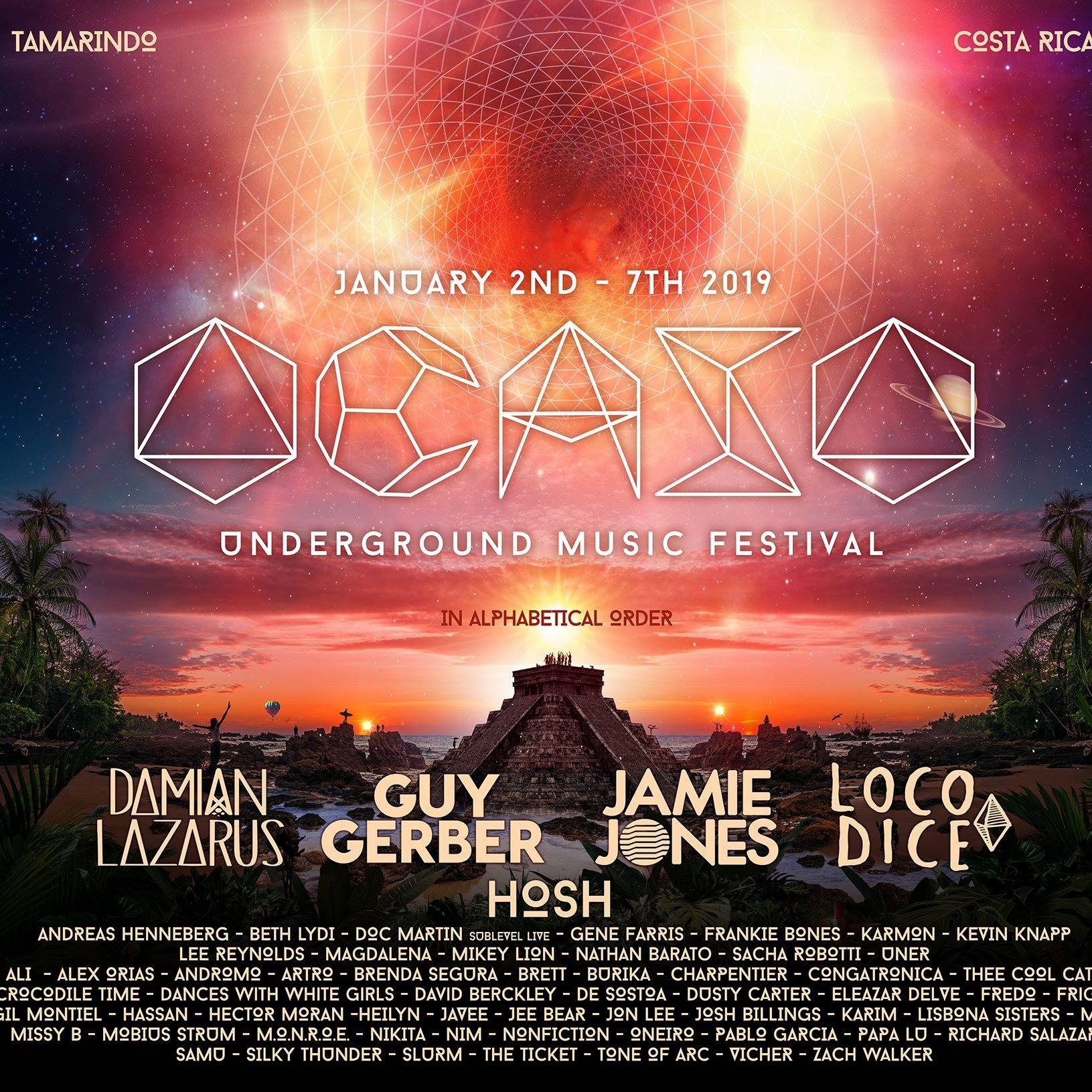
This critique may seem idealistic; the music industry after all is a tough nut to crack, competitive and rarely economically supportive. However, a festival of such size shouldn’t need to rely on false advertising and appropriation of the term in question.
Even bigger promoters are pushing genuine ideologies through their marketing.
Take Dimensions for example, that gigantic festival held in Croatia every year. For their 2017 promotion campaign, they favoured those romantic ideals I mentioned earlier over standard marketing tactics. Their billboard posters shine the light on local selectors and emerging talent, pushing a far more music-centric ethos than the ticket-selling methods of Ocaso.
Similarly, the concept of Dimensions and Red Bull’s Get Down Early party series is another example of supporting local talent on the big stage. Disrupting convention by giving warm-up DJs the opportunity to play headline set times demonstrates trust in music over names. This could be seen as a sly marketing tactic, aimed at ensuring club-goers cut their pres short, but the fact that the ‘lesser known’ acts are selecting during the climactic moments is a step towards purer intentions.
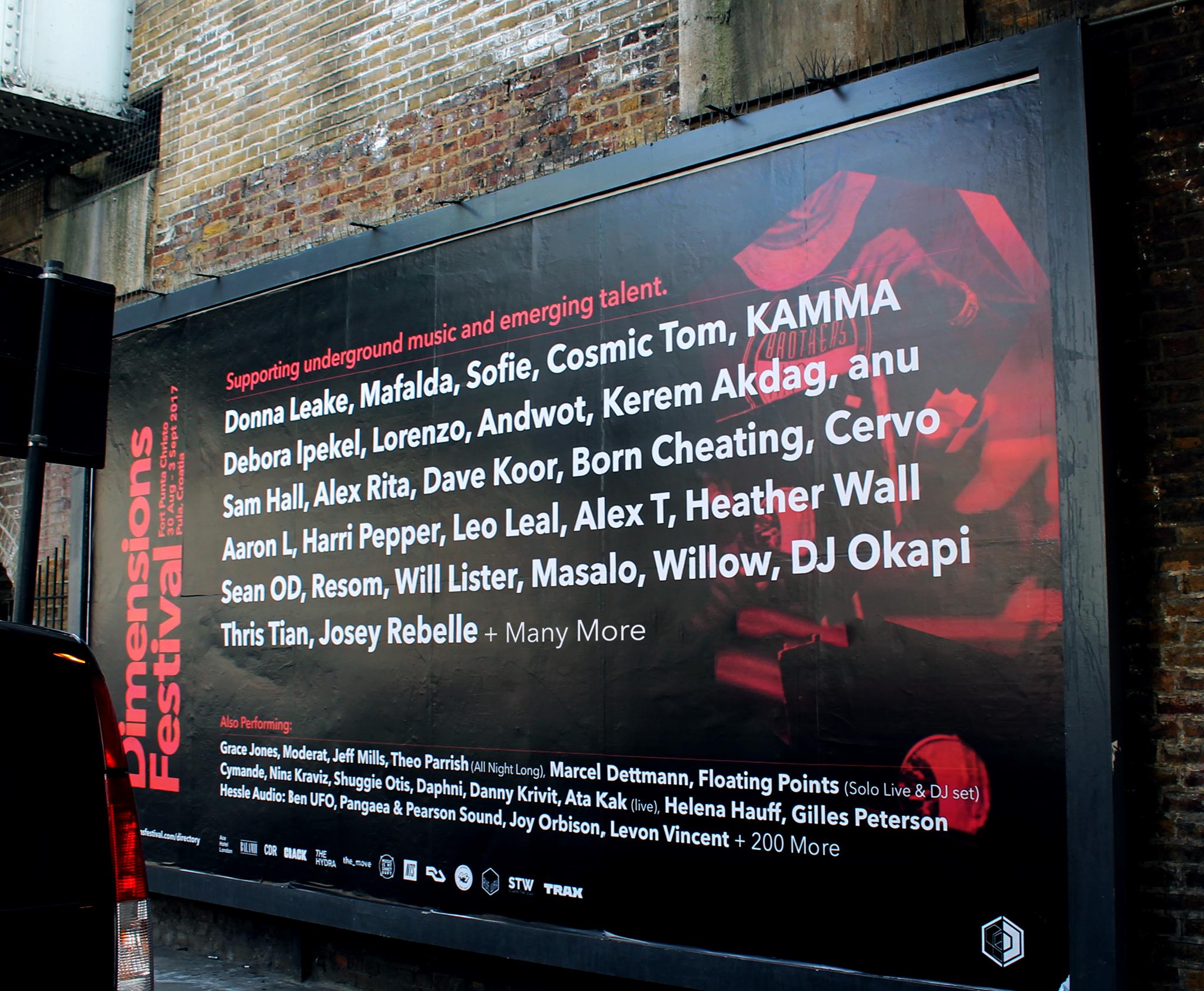
However, I still haven’t addressed the elephant in the room: size. Could these two internationally-recognised promoters have afforded such approaches if they weren’t as well known? Does the scale of production nullify any claims to bearing a truly underground complexion? At what point does commercialism negate spirit?
I doubt The Belleville Three envisaged becoming pioneers for a globally-loved style of music invented during their basement jams – they were simply exploring, creating, expressing. Despite selling out shows and playing to enormous crowds, their sound remains the same. They haven’t conformed or compromised despite their popularity.
Ultimately, it is possible to fill dancefloors and fields with hundreds of raving bodies, escaping the dystopian grasp of reality. Reaching their peak during the 90s, free parties and raves operated on gigantic scales, flooding fenced-off fields with swarms of people. There was a shared collective spirit of affection and escapism, fuelled by euphoric soundtracks, hearty pills and transcendental tabs. The atmosphere was genuine, free from glow sticks and camera flashes, livestreams and snapchats. With free-entry and a BYOB policy, these events projected anarchistic, anti-capitalist ideals through musical unity.
Despite desperate attempts from local authorities and police to quell this spirit, free parties continue to pop up amongst industrial backgrounds and tree-covered landscapes today. Noise pollution should be less of a concern than those degrading greenhouse gases, Hackney Council.
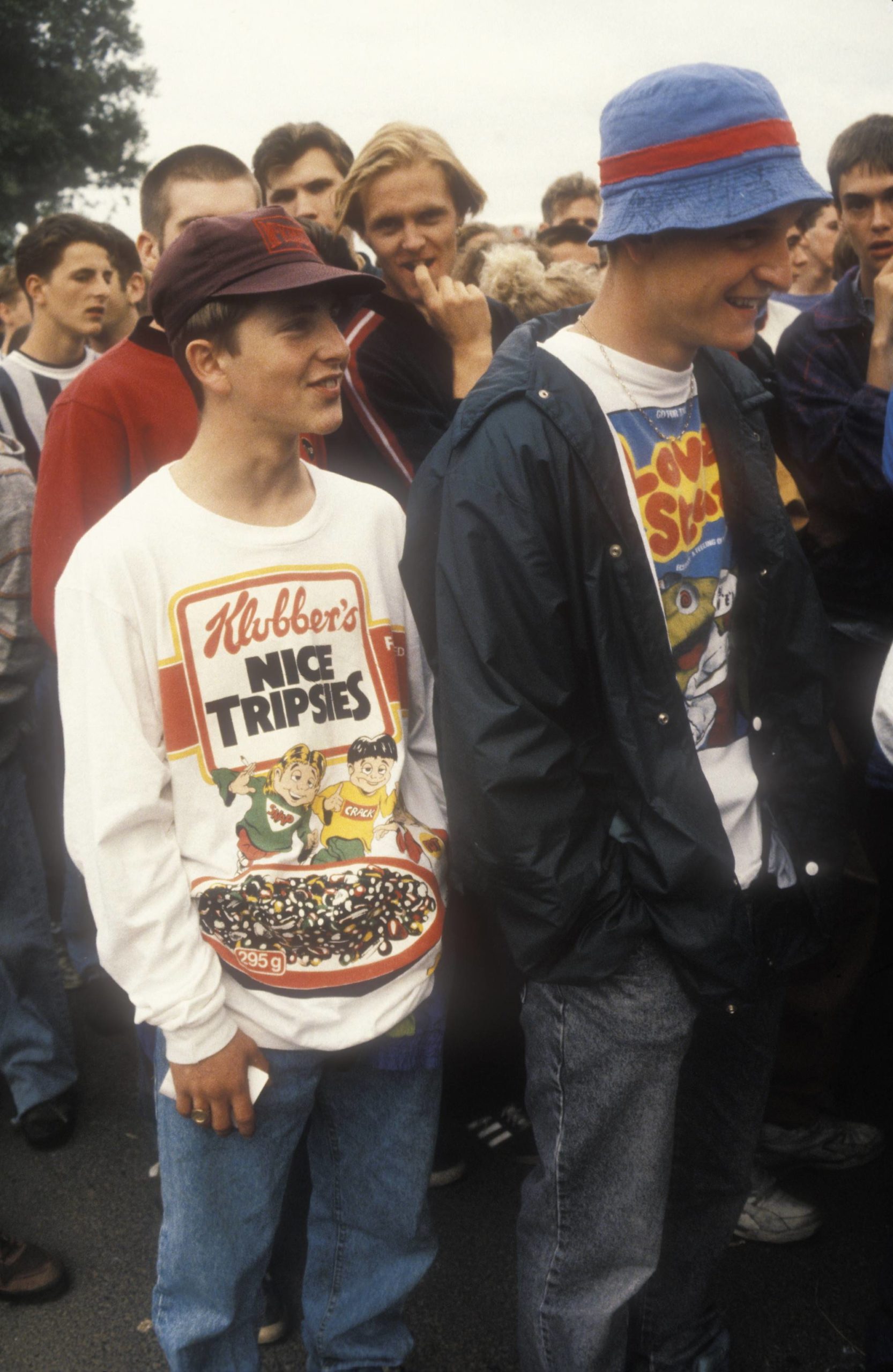
Rave culture was all about creating an anti-establishment utopia for society’s misfits. Everything from the music to the fence-hopping mentality was confrontational and symbolic. It was essentially lawless when compared to conventional clubbing – everyone was free to act as they pleased, within reason.
Clothing, too, played a major role in showcasing liberal attitudes. The link between fashion and music is well documented, from punk’s mohawks and studded leather jackets to the bespectacled skinheads of gabber.
It’s not like the big clothing brands have failed to see this too. Some of the biggest brands in the world have commodified ‘underground’ looks to sell their products.
Last year, Reebok, the sportswear brand worth over £1 billion, teamed up with Discwoman for the Sole Fury campaign. Within the context of Discwoman’s mission this collaboration gave the collective a platform to share their female and non-binary empowering message with the world. Co-founder Emma Burgess-Olson, better known as Umfang, recognised the potential impact the campaign could have, hoping that “it can show a wider audience what we do and inspire others.”
Whilst it had obvious positives – raising awareness about Discwoman and their mission – a couple of things made me question the partnership, most prominently Reebok’s intentions.
Why did they choose Discwoman, a relatively unheard of collective, when bigger artists promoting similar values would have a bigger pull? How is the campaign actually going to support and empower women and non-binary people within the creative industries? And for all the positivity Discwoman project, why would they collaborate with a company that uses sweatshops and child labour to manufacture their products?
In no way do I blame Discwoman – why wouldn’t you want the opportunity or publicity? But that’s not the point. I suspect Reebok were using Discwoman’s underground ethos as a marketing tool, to sell more units and appeal to new demographics. Since the announcement of the collaboration, I haven’t seen anything to suggest altruism or progressing gender and sexual equality.
Was it simply about raising awareness about the agency and collective? I don’t think so.

This isn’t the only example of commodification. Nike recently released a pair of Berlin-inspired trainers, using the city’s well-known link between political protest and hedonistic release to sell their product. The words ‘unity’ and ‘freedom’ printed on the shoes’ soles don’t exactly validate the backstory. Additionally, the €150 price tag seems to go against the newly-found inclusivity at the time, and likely priced a lot of techno fans out of owning the product. Then again, nothing screams techno quite like highlighter yellow and the world’s most famous tick.
Alongside internationally-reaching companies and corporations, the Internet has disrupted underground music culture. Accessibility has become simple with the introduction of digital mp3s, streaming services and a growing number of specialised music websites. I don’t know if I’d have found the pre anthems, the certified club heaters or mind-boggling afters numbers without it. I’d have probably had to read real books or hit the archives to find out about some of the movements I’ve mentioned too.
Despite the resurgence of vinyl-culture, the Youtube algorithm can be as helpful a tool for finding new music as talking to staff at your local record shop. Some records are unattainable as a result of the World Wide Web. With Discogs price inflation, classic cuts have been priced out of the market. Articles glamourising this haven’t helped the situation either. Other records are meant to be unattainable. Dubplate culture nullifies the Internet’s influence, keeping tunes within musical communities. To hear them, you have to be involved, either by playing, producing or partying. This exclusivity means ownership remains with those who care the most. Artists exchange and help each other out, testing tracks during their sets and then feeding back. It’s as social as music can get: everything is experienced in the moment amongst a community of like-minded, invested contributors to the scene.
Community is thus the defining attribute of true underground culture. Uniting with other people, sharing music and ideas, expressing collectively, challenging conformity. Politics replaces persona, commonality replaces cool, intent replaces image. These big companies commodifying the term are just trying to ship units and appeal through appropriation, not support causes or promote philosophies. Equality and opportunity should fulfil instead of financial gain, and providing a welcoming space of relief should trump selling tickets. Let’s not forget that music was expression before an industry.
At the end of the day, the term isn’t very tough to understand. This is not a call out but self reflection is vital. Perhaps it’s time to consider whether you might be as underground as first thought if you self-proclaim such a status.


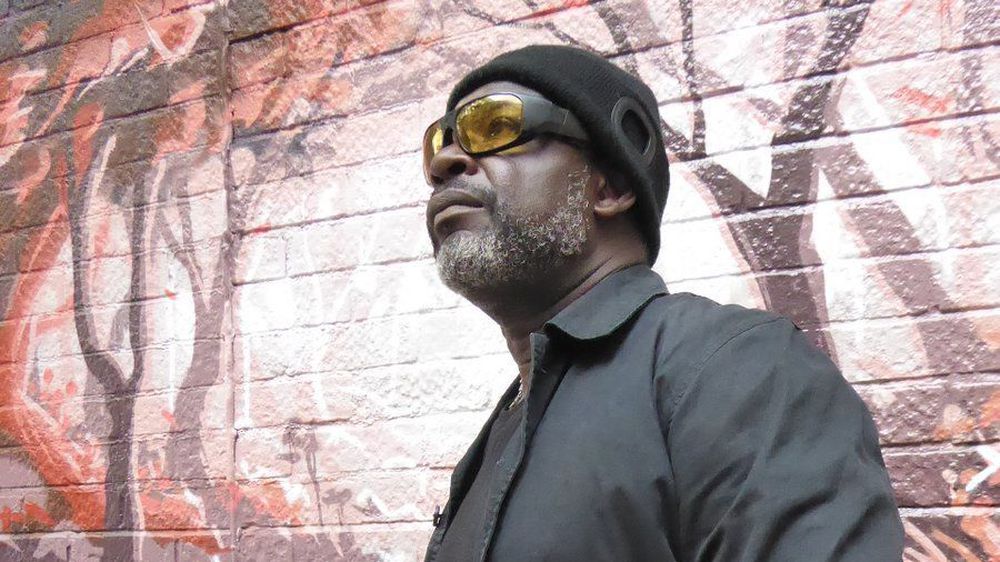
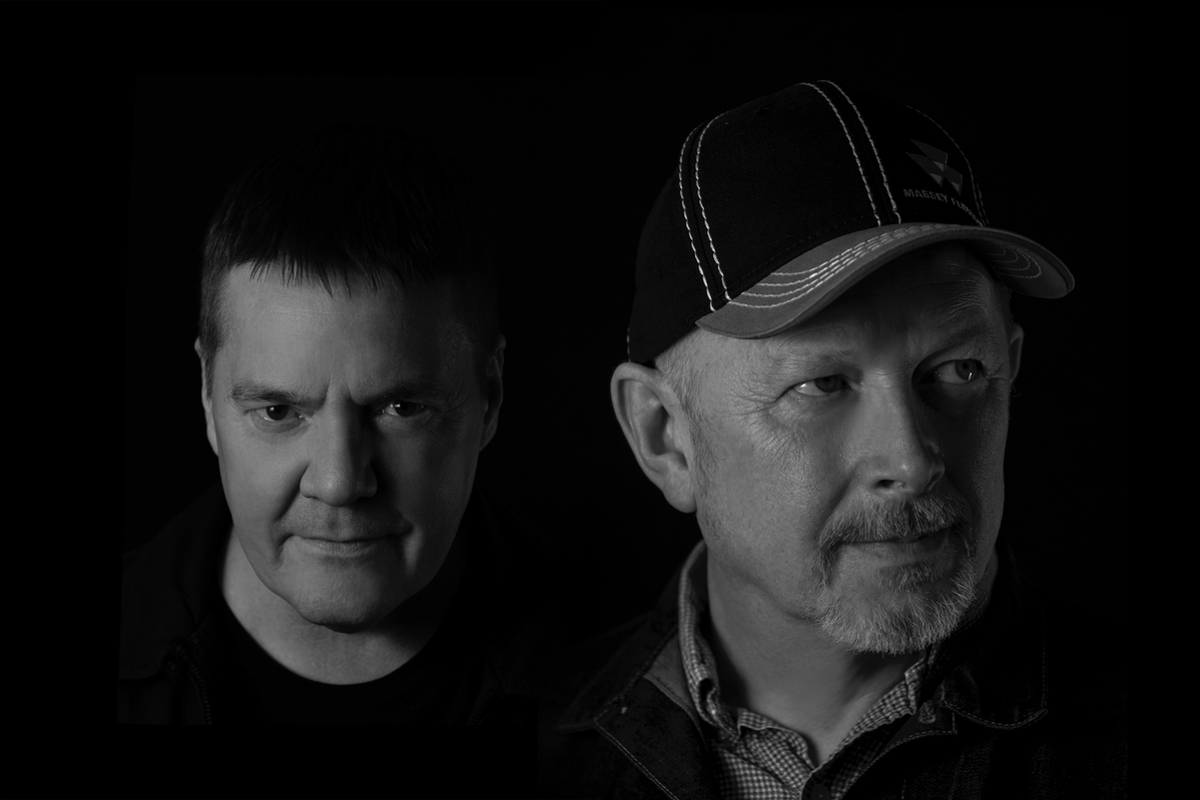
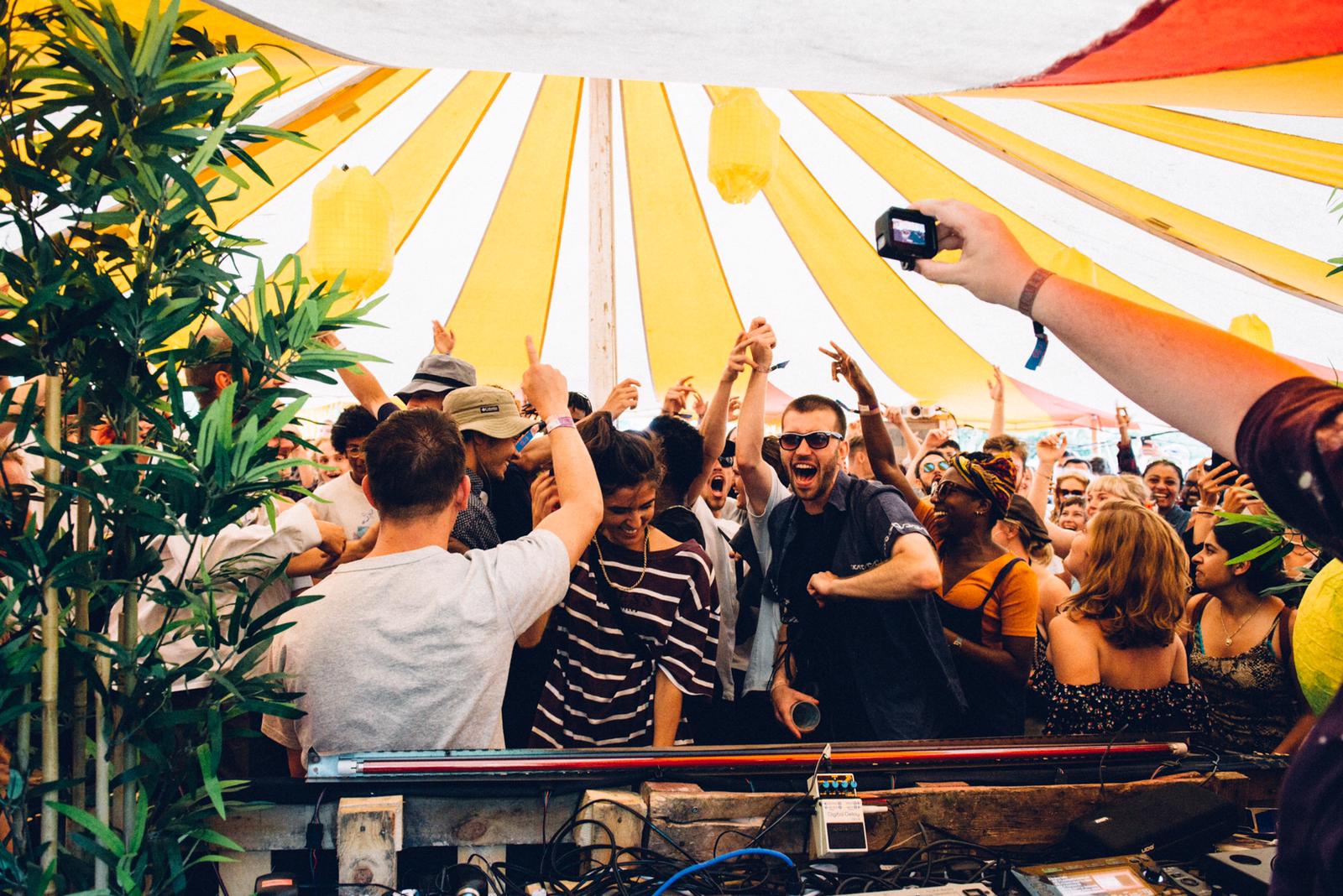










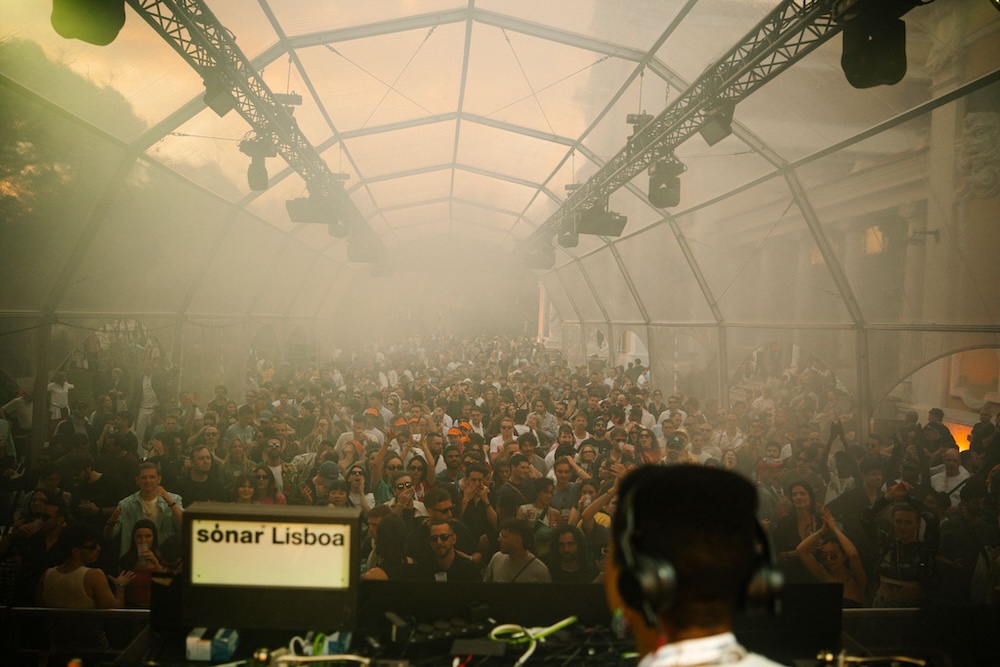
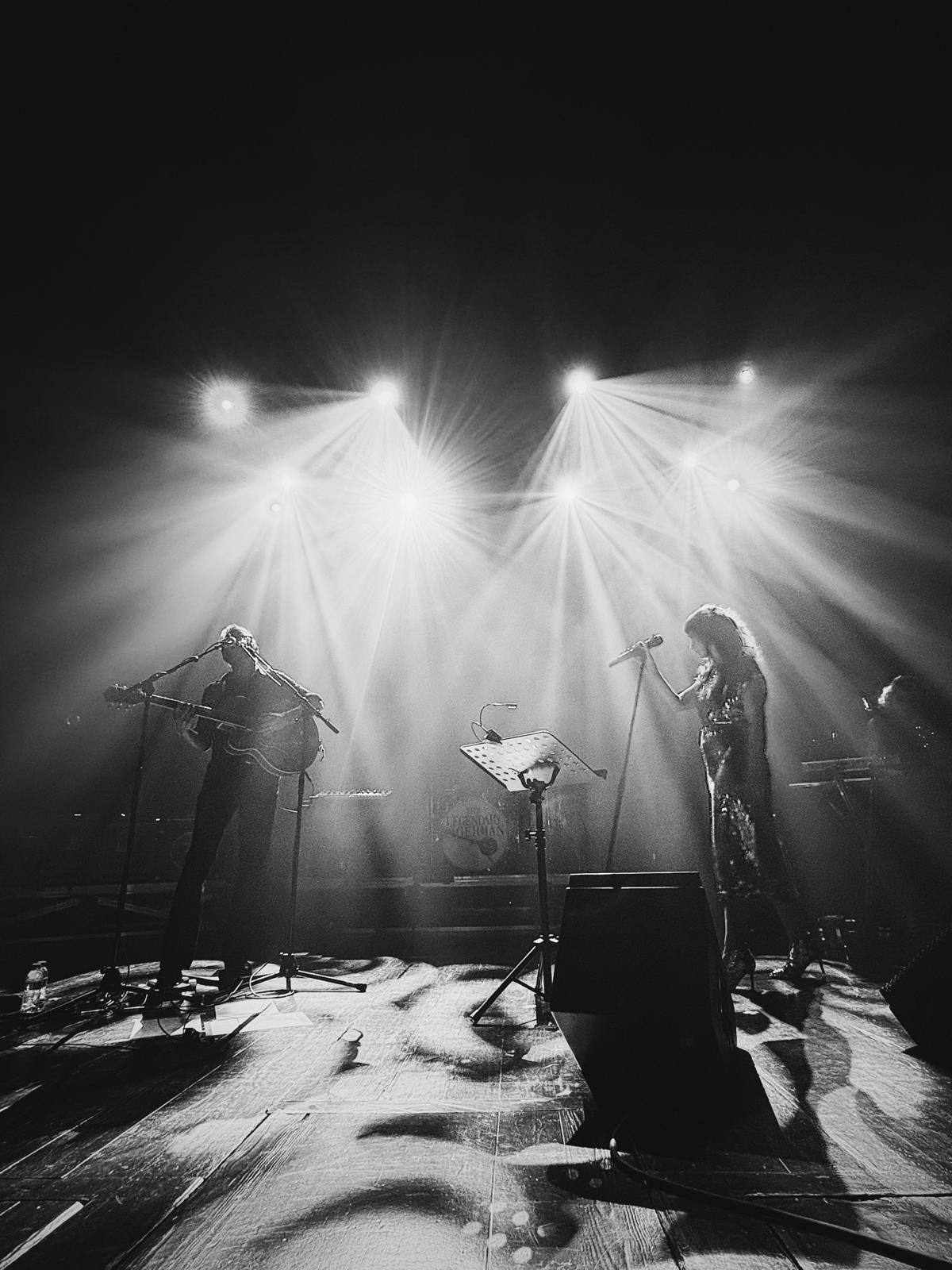




Must Reads
David Holmes – Humanity As An Act Of Resistance in three chapters
As a nation, the Irish have always had a profound relationship with the people of Palestine
Rotterdam – A City which Bounces Back
The Dutch city is in a state of constant revival
Going Remote.
Home swapping as a lifestyle choice
Trending track
Vels d’Èter
Glass Isle
Shop NowDreaming
Timothy Clerkin
Shop Now